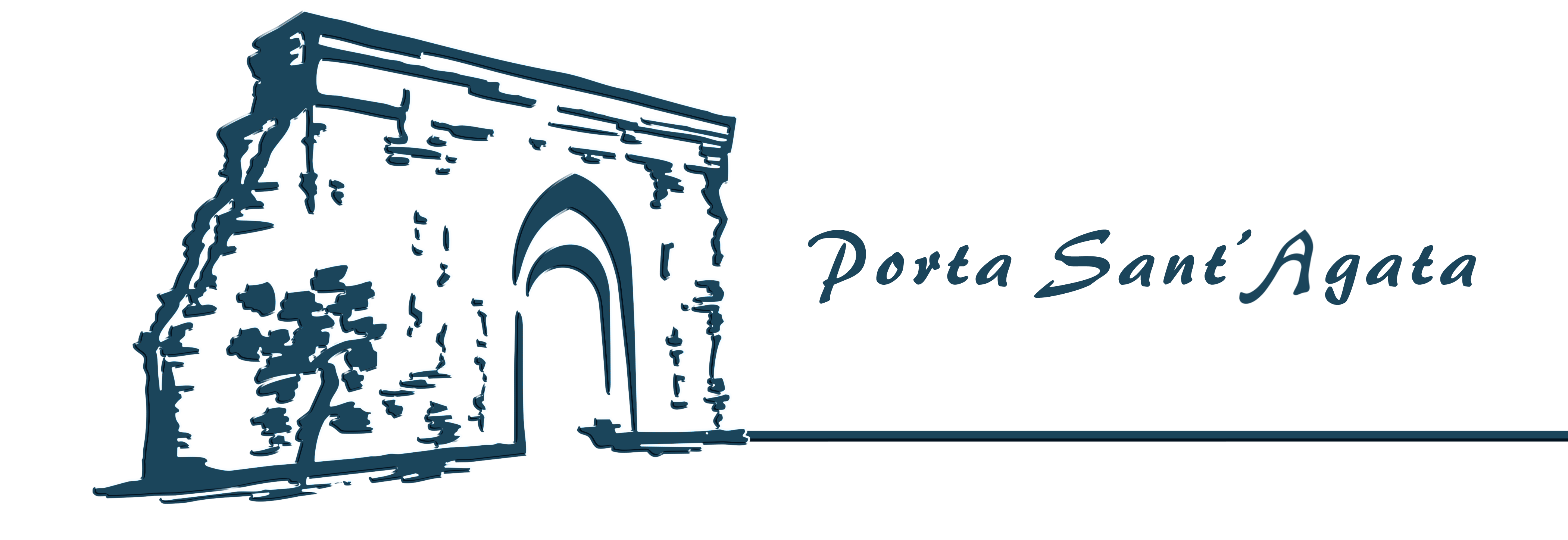You are passing you in Palermo and you only have one day to visit this city? Well, Palermo is a city with one of the largest historical centers in Europe (think that covers an area of nearly 2,5 square km) and would be worth staying there a few more days in order to discover the wide variety of monuments and fascinating places that houses and offering travelers. In a single day you can still make a nice tour that will allow you to know and admire its most significant places.
- Palazzo dei Normanni: Do not miss the famous Palatine Chapel, inside the Norman Palace, Today the seat of the Sicilian Regional. The small chapel, made from 1130 by the Norman King Roger II, It is a treasure chest where coexist in perfect harmony Latin elements, Arabs and Byzantines.
- Cattedrale: You can then continue with a nice walk along the Cassaro, the oldest thoroughfare in the city, already in existence in Phoenician times and is now a long road lined with countless palaces eighteenth and nineteenth century. You will pass just below Porta Nuova, one of the ancient gates of the city, built in the sixteenth century to celebrate the arrival in Palermo of Emperor Charles V. Continue towards the sea and, after a few minutes' walk, you will find on your left the imposing and magnificent cathedral Palermo. Ancient largest mosque in the city, It was converted into a cathedral in 1185 and today represents one of the symbols of Palermo. Wonderful outside, in hot limestone which glows red at sunset, Arab-Norman cathedral has undergone several renovations over the centuries it has maintained until today its unique and charming style; do not miss the outdoor area of the apses, with its beautiful two-tone decorations Islamic. To visit within the area that houses the Royal Tombs, among others, the sarcophagi of Henry II and Frederick II; the chapel, to the right of the altar, dedicated to Santa Rosalia, that houses the relics of the patron saint of Palermo; at last, in one of the side chapels of the left nave, you will find the tomb of Father Pino Puglisi, the priest, today blessed, killed by the Mafia in 1993.
- Quattro Canti: Leaving the Cathedral, Continue your walk and get up to Quattro Canti, the exact center of the old city inside the walls, crossing between the two main streets of Palermo: Cassaro and via Maqueda. In a highly symbolic design, the first level we find the four seasons, the second level will dictate the figures of four Spanish monarchs, and in the last level there are the statues of the four holy Palermo.
- Piazza Pretoria Piazza Bellini: Now turn right and you are in Piazza Pretoria, charming square enclosed in an old palace, the town hall building and the two imposing churches of St. Catherine of Alexandria and St. Joseph of Teatini. Go further than a few meters in the same direction and you will arrive in Piazza Bellini, which houses two Arab-Norman jewels of Palermo: the famous Martorana church and nearby, less popular, church of San Cataldo.
- Piazza Marina and “La Cala”: Keep going down to the sea and reach the beautiful Piazza Marina which leads you then, through Porta Felice, the walking at the Foro Italico with the nearby sea, charming, ancient port city, Cala.
- Politeama and Teatro Massimo: Ascents Corso Vittorio Emanuele and take Via Maqueda first and Via Ruggero Settimo and then you will end his two most elegant symbols: the Teatro Massimo and the Teatro Politeama.
- Historical markets: Do not give up a walk in one of the oldest market in town. Capo, Ballarò and Vucciria offer an unmissable insight into Palermo, an outstanding kaleidoscope of colors, scents, flavors and voices. Embrace the exotic of these places very close to the main streets but which seem so far away in space and time. An advice: the Vucciria market, made famous by the famous painting by Renato Guttuso, unfortunately today is the least of the three live markets. Better to walk to the Cape, where you can take advantage to visit the Immaculate Conception Church at the Cape, jewel of the Sicilian baroque or a stroll through the stalls of Ballarò, where is inevitable look to the Church of Professed House.
